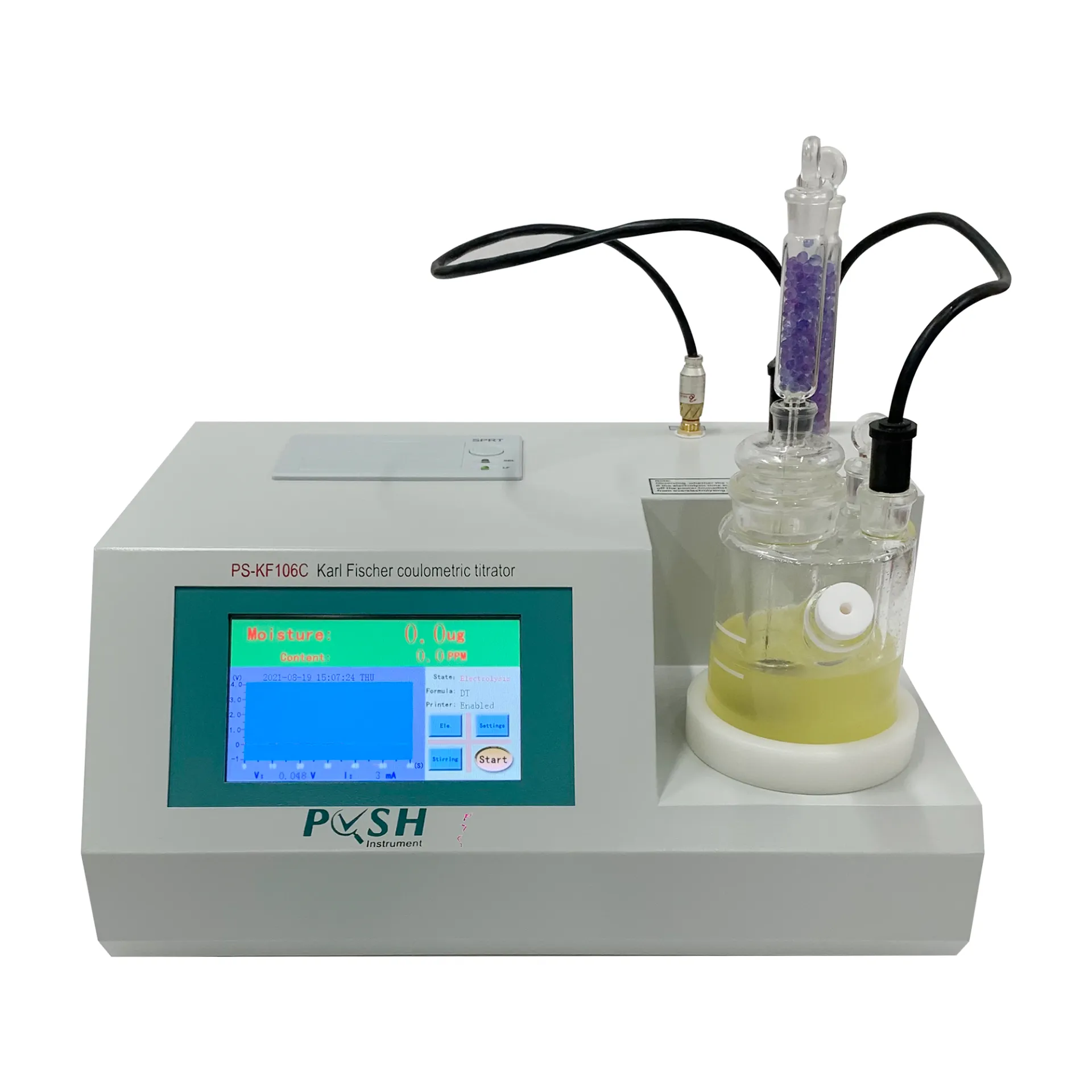 English
English



-
 Afrikaans
Afrikaans -
 Albanian
Albanian -
 Amharic
Amharic -
 Arabic
Arabic -
 Armenian
Armenian -
 Azerbaijani
Azerbaijani -
 Basque
Basque -
 Belarusian
Belarusian -
 Bengali
Bengali -
 Bosnian
Bosnian -
 Bulgarian
Bulgarian -
 Catalan
Catalan -
 Cebuano
Cebuano -
 China
China -
 China (Taiwan)
China (Taiwan) -
 Corsican
Corsican -
 Croatian
Croatian -
 Czech
Czech -
 Danish
Danish -
 Dutch
Dutch -
 English
English -
 Esperanto
Esperanto -
 Estonian
Estonian -
 Finnish
Finnish -
 French
French -
 Frisian
Frisian -
 Galician
Galician -
 Georgian
Georgian -
 German
German -
 Greek
Greek -
 Gujarati
Gujarati -
 Haitian Creole
Haitian Creole -
 hausa
hausa -
 hawaiian
hawaiian -
 Hebrew
Hebrew -
 Hindi
Hindi -
 Miao
Miao -
 Hungarian
Hungarian -
 Icelandic
Icelandic -
 igbo
igbo -
 Indonesian
Indonesian -
 irish
irish -
 Italian
Italian -
 Japanese
Japanese -
 Javanese
Javanese -
 Kannada
Kannada -
 kazakh
kazakh -
 Khmer
Khmer -
 Rwandese
Rwandese -
 Korean
Korean -
 Kurdish
Kurdish -
 Kyrgyz
Kyrgyz -
 Lao
Lao -
 Latin
Latin -
 Latvian
Latvian -
 Lithuanian
Lithuanian -
 Luxembourgish
Luxembourgish -
 Macedonian
Macedonian -
 Malgashi
Malgashi -
 Malay
Malay -
 Malayalam
Malayalam -
 Maltese
Maltese -
 Maori
Maori -
 Marathi
Marathi -
 Mongolian
Mongolian -
 Myanmar
Myanmar -
 Nepali
Nepali -
 Norwegian
Norwegian -
 Norwegian
Norwegian -
 Occitan
Occitan -
 Pashto
Pashto -
 Persian
Persian -
 Polish
Polish -
 Portuguese
Portuguese -
 Punjabi
Punjabi -
 Romanian
Romanian -
 Russian
Russian -
 Samoan
Samoan -
 Scottish Gaelic
Scottish Gaelic -
 Serbian
Serbian -
 Sesotho
Sesotho -
 Shona
Shona -
 Sindhi
Sindhi -
 Sinhala
Sinhala -
 Slovak
Slovak -
 Slovenian
Slovenian -
 Somali
Somali -
 Spanish
Spanish -
 Sundanese
Sundanese -
 Swahili
Swahili -
 Swedish
Swedish -
 Tagalog
Tagalog -
 Tajik
Tajik -
 Tamil
Tamil -
 Tatar
Tatar -
 Telugu
Telugu -
 Thai
Thai -
 Turkish
Turkish -
 Turkmen
Turkmen -
 Ukrainian
Ukrainian -
 Urdu
Urdu -
 Uighur
Uighur -
 Uzbek
Uzbek -
 Vietnamese
Vietnamese -
 Welsh
Welsh -
 Bantu
Bantu -
 Yiddish
Yiddish -
 Yoruba
Yoruba -
 Zulu
Zulu
dielectric loss angle test
Understanding Dielectric Loss Angle Test Principles and Applications
The dielectric loss angle test is an essential diagnostic tool utilized in various fields, including electrical engineering, material science, and high-voltage insulation testing. It is primarily used to evaluate the dielectric properties of insulating materials and devices, particularly under alternating current (AC) conditions. This test provides valuable insights into the performance and longevity of electrical equipment by measuring the dielectric losses within an insulating medium.
Dielectric materials, when subjected to an electric field, exhibit a phenomenon known as polarization. However, this process is not perfect and can result in energy dissipation in the form of heat. This energy loss is quantified using the dielectric loss angle, often denoted as the tangent of the loss angle (tan δ). The loss angle indicates the phase difference between the applied AC voltage and the resulting current, reflecting how much of the energy is being lost as heat rather than being stored in the material.
To perform a dielectric loss angle test, equipment such as an LCR (Inductance-Capacitance-Resistance) meter or a specialized dielectric tester is employed. The test typically involves applying a known voltage to the specimen and measuring the resulting current. By analyzing the phase difference, technicians calculate the loss angle and, subsequently, the dielectric loss factor.
One of the critical aspects of the dielectric loss angle test is its ability to detect insulation degradation
. Over time, various factors such as temperature, humidity, and mechanical stress can adversely affect insulating materials. Increased dielectric loss angles often indicate aging or deterioration in insulation, which may lead to electrical failures. Hence, regular testing of insulation systems, especially in power transformers, capacitors, and overhead transmission lines, is crucial for ensuring operational reliability and safety.dielectric loss angle test

In addition to evaluating existing insulation, the dielectric loss angle test is invaluable when characterizing new insulating materials. Engineers and researchers conduct these tests to assess performance metrics under different environmental conditions. By comparing the dielectric loss angles of various materials, they can determine the most suitable options for specific applications, enhancing the efficiency and safety of electrical systems.
Furthermore, dielectric loss measurements are critical in the context of health and environmental considerations. Insulating materials may contain hazardous substances that could leak into the environment if they deteriorate. Regular monitoring through dielectric loss angle tests can help identify potential risks, enabling timely maintenance or replacement of aging equipment.
The importance of the dielectric loss angle test extends beyond just electrical systems. In the realm of electronics, the test assists in determining the suitability of materials for capacitors and other components where reliability is paramount. Ensuring minimal dielectric losses can improve the overall efficiency of electronic devices, thereby minimizing energy consumption and heat generation.
In summary, the dielectric loss angle test is a foundational diagnostic measure that serves multiple industries. By providing insights into the insulation performance of materials and systems, it plays a crucial role in preventing electrical failures, advancing material science, enhancing device efficiency, and addressing environmental concerns. Understanding and implementing this test is vital for engineers and technicians dedicated to ensuring the safety and longevity of electrical systems.
-
Using Distillation Range Testers in the Food and Beverage IndustryNewsApr.16,2025
-
The Impact of IoT on Distillation Range Tester PerformanceNewsApr.16,2025
-
The Best Distillation Range Testers for Extreme ConditionsNewsApr.16,2025
-
How Distillation Range Testers Save Time and MoneyNewsApr.16,2025
-
Distillation Devices for Advanced Separation TechniquesNewsApr.16,2025
-
Common Mistakes to Avoid When Using a Distillation Range TesterNewsApr.16,2025



